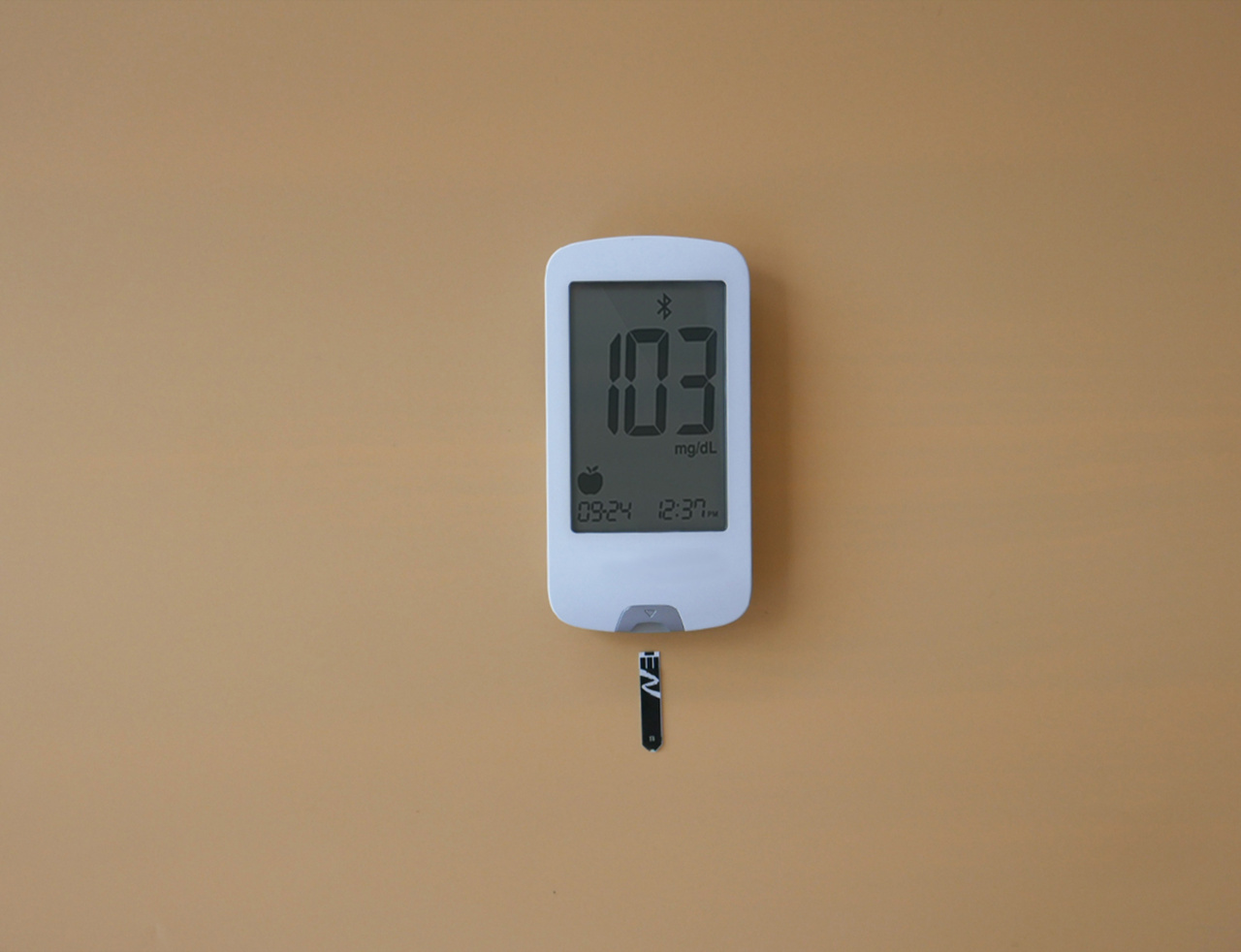Blood pressure is a vital sign that tells your doctor how much force your blood is exerting against the walls of your arteries as it flows through your body.
The measurement of blood pressure is crucial in determining the health condition of the heart and blood vessels. However, it is easy to get inaccurate readings if you do not follow the correct blood pressure measurement techniques. In this article, we will discuss the common mistakes people make when measuring their blood pressure and how to avoid them.
Using the Wrong Cuff Size
The size of the blood pressure cuff you use is essential in ensuring accurate readings. If you use a cuff that is too small, you may get higher readings than your actual blood pressure.
On the other hand, if you use a cuff that is too large, you may get lower readings than your actual blood pressure. It is, therefore, crucial to use a cuff that fits properly. To determine the correct cuff size, measure the circumference of your upper arm and use a cuff that is within range.
Talking During Measurement
Speaking during the blood pressure measurement can affect the accuracy of the readings. Talking may cause readings to be higher or lower, depending on the conversation’s tone.
Therefore, ensure that you remain silent during the blood pressure measurement process to get an accurate reading.
Ambulatory Blood Pressure Monitoring Mistakes
Ambulatory blood pressure monitoring is a technique that measures blood pressure over a 24-hour period. It is essential in tracking blood pressure readings throughout the day as it accurately reflects one’s daily blood pressure patterns.
However, the accuracy of the readings can be affected by activities such as showering, swimming, or exercising. These activities can lead to inaccurate readings due to the cuff’s movement. Therefore, avoid such activities during blood pressure measurement to get accurate readings.
Incorrect Arm Position
The position of the arm during blood pressure measurement is also crucial in getting accurate readings. The arm should be supported and elevated above the level of the heart.
The cuff should be placed tightly on the upper arm, and the arm kept still during the measurement process. If the arm is not supported or kept still, this may lead to artificially high readings.
Not Waiting Between Measurements
It is important to take readings at different times of the day to determine your blood pressure patterns. However, it is crucial to wait a few minutes between taking readings to allow the blood flow in your arm to return to normal.
Taking readings too quickly can lead to artificially high readings.
Improper Cuff Inflation
When measuring blood pressure, the cuff should be inflated appropriately to achieve the correct pressure for measurement. If the cuff is overinflated, this can lead to artificially high readings.
On the other hand, if it is underinflated, this can lead to inaccurately low readings. Therefore, follow instructions on the cuff carefully to make sure it’s inflated correctly.
Stressful Environment
Stressful environments can trigger the body to release adrenaline, which can cause an increase in blood pressure. Therefore, if you are taking blood pressure, ensure that you are in a calm and relaxed environment to avoid artificially high readings.
Caffeine and Nicotine Intake
Caffeine and nicotine can also affect blood pressure readings. Caffeine can cause a temporary increase in blood pressure, while nicotine can cause a more sustained increase in blood pressure.
Therefore, it’s essential to avoid caffeine and nicotine intake for at least 30 minutes before blood pressure measurement to ensure accurate readings.
Incorrectly Reading the Numbers
The readings on the blood pressure cuff display appear in two numbers, the systolic pressure, and the diastolic pressure. The systolic pressure is the top number, and it represents the pressure in your arteries when your heart beats.
The diastolic pressure is the bottom number, and it represents the pressure in your arteries when your heart is at rest. Therefore, it’s important to understand how to read and interpret the numbers correctly to know your blood pressure readings accurately.
Not Taking Blood Pressure Medications as Prescribed
Not following the prescribed medication regimen can lead to inaccurate blood pressure readings. Medications for blood pressure help reduce pressure in your arteries and blood vessels.
Skipping doses or not taking the medication as prescribed can lead to artificially high blood pressure readings.
The Bottom Line
Accurate blood pressure measurement is essential to determine your overall health, and it helps in deciding the right course of treatment if necessary. Avoiding these above common mistakes ensures accurate readings.
Remember to follow the correct blood pressure measurement techniques, use the appropriate cuff size, and find a calm and relaxed environment. Also, avoid drinking caffeine, smoking, and taking blood pressure medications as prescribed.






























